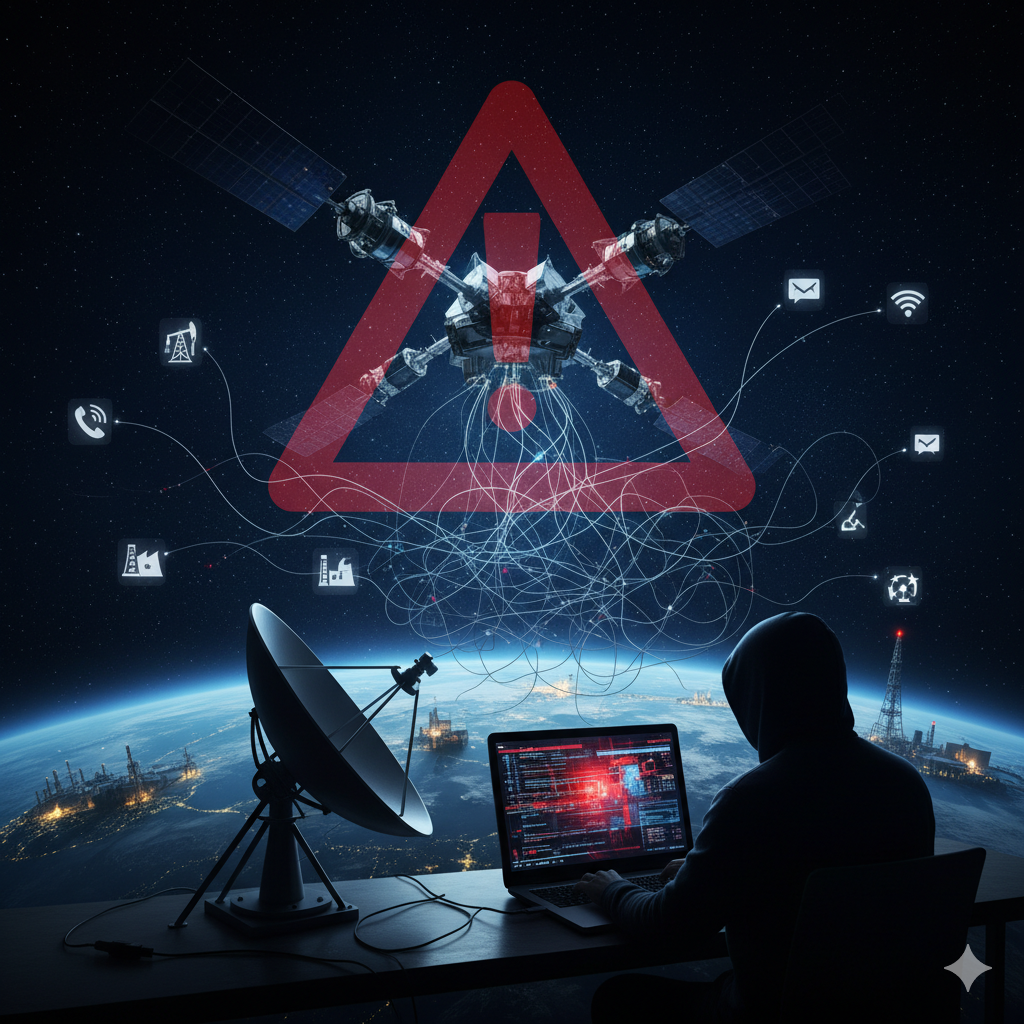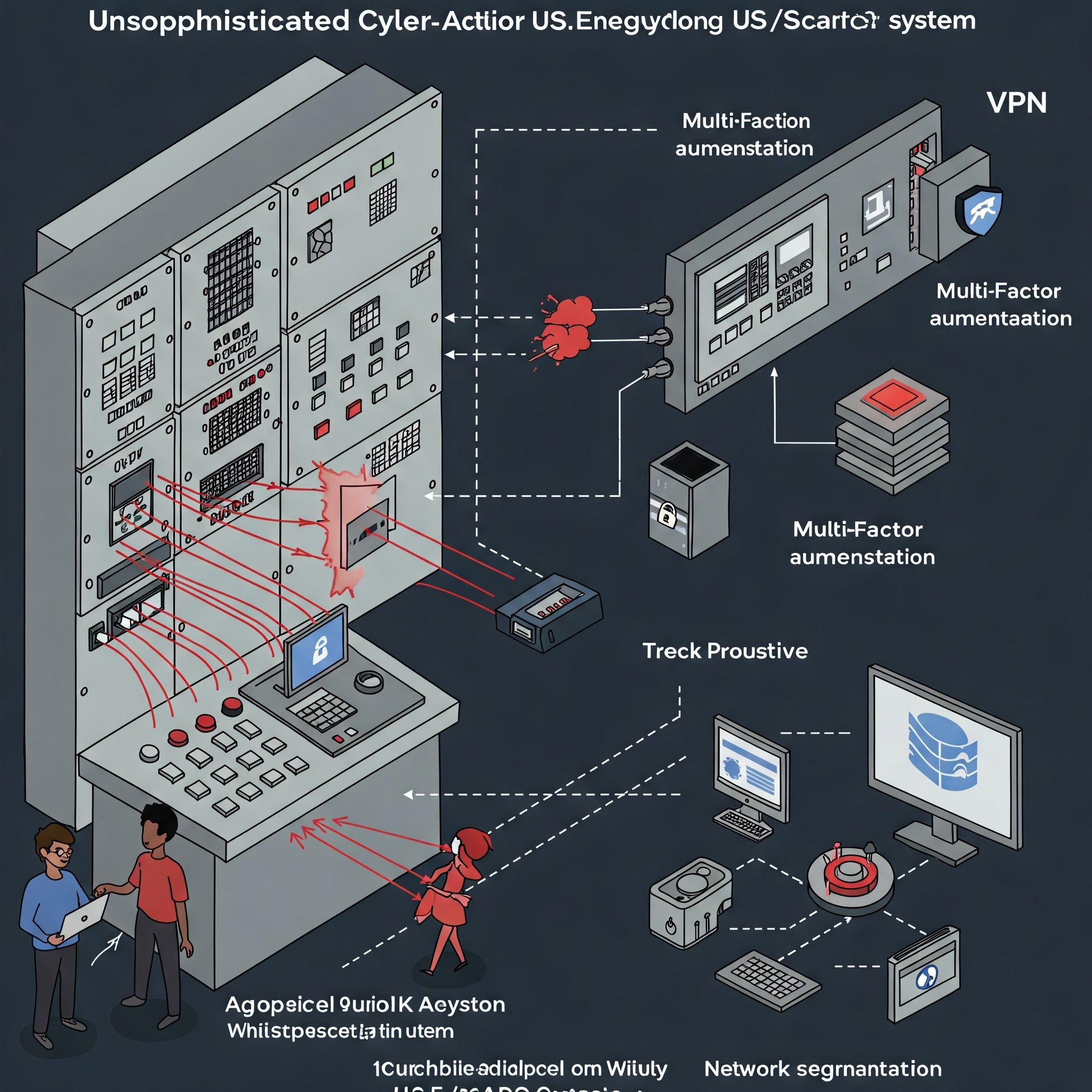Critical Infrastructure
-
What’s New in Cybersecurity This Week: Projects, Videos, Articles & Podcasts I’m Following – 10/27/25
Welcome to my weekly cybersecurity roundup! Here, I share updates on the projects I’m currently working on, along with the most insightful cybersecurity videos I watched, articles I found valuable, and podcasts I tuned into this week. Featured Analysis Featured article analysis: You have one week to opt out or become fodder for LinkedIn AI
-
What’s New in Cybersecurity This Week: Projects, Videos, Articles & Podcasts I’m Following – 10/13/25
Welcome to my weekly cybersecurity roundup! Here, I share updates on the projects I’m currently working on, along with the most insightful cybersecurity videos I watched, articles I found valuable, and podcasts I tuned into this week. Featured Analysis Featured article analysis: Satellites found exposing unencrypted data, including phone calls and some military comms This
-
What’s New in Cybersecurity This Week: Projects, Videos, Articles & Podcasts I’m Following – 7/21/25
Welcome to my weekly cybersecurity roundup! Here, I share updates on the projects I’m currently working on, along with the most insightful cybersecurity videos I watched, articles I found valuable, and podcasts I tuned into this week. Featured Analysis Featured article analysis: Woman gets 8 years for aiding North Koreans infiltrate 300 US firms This






